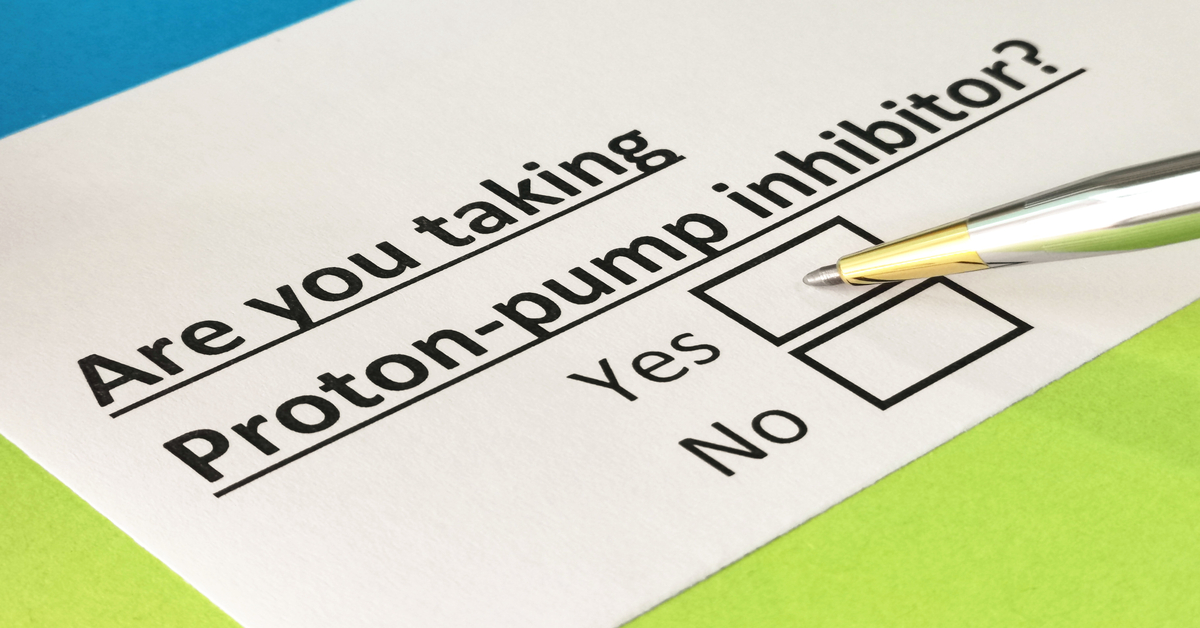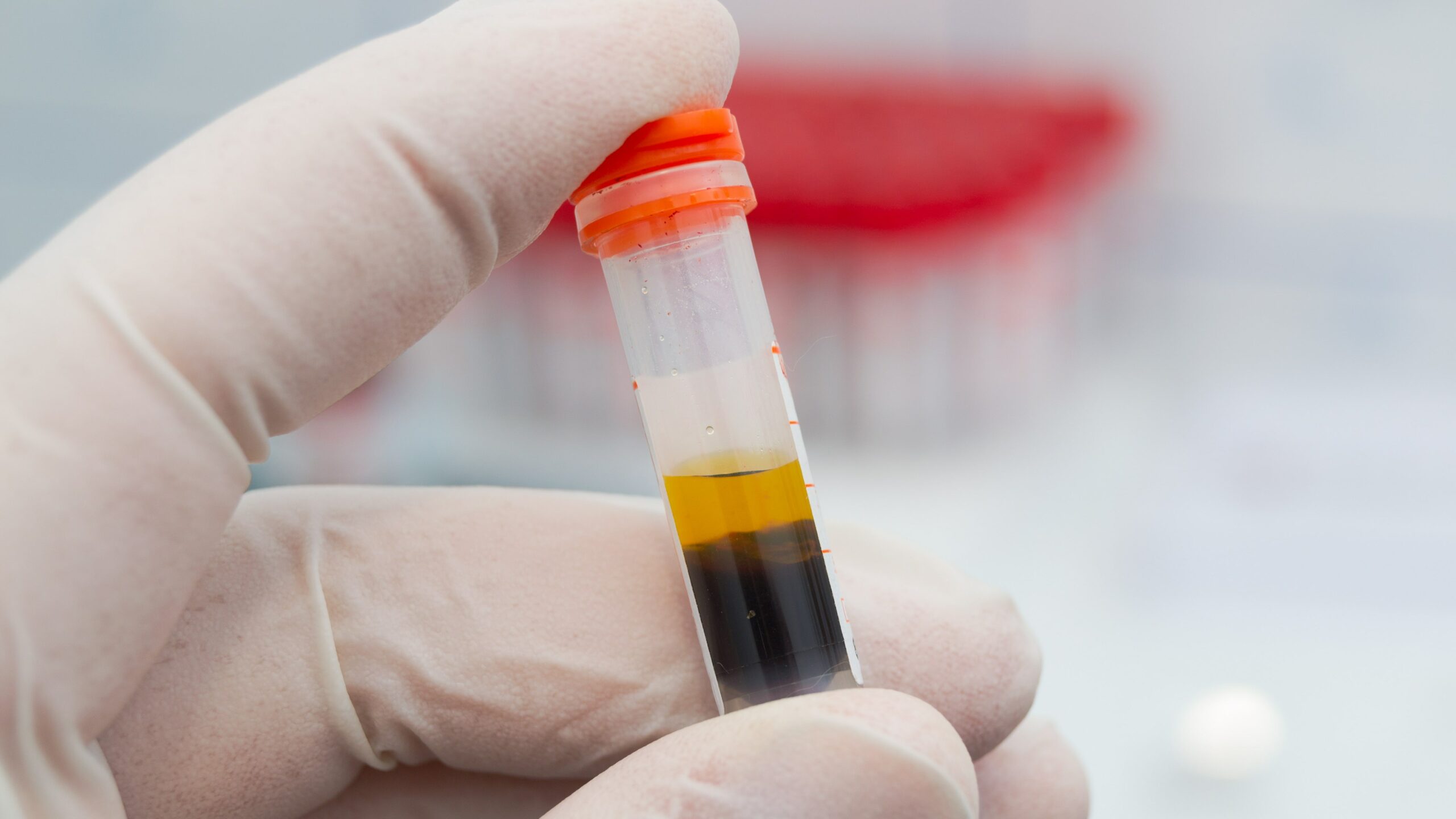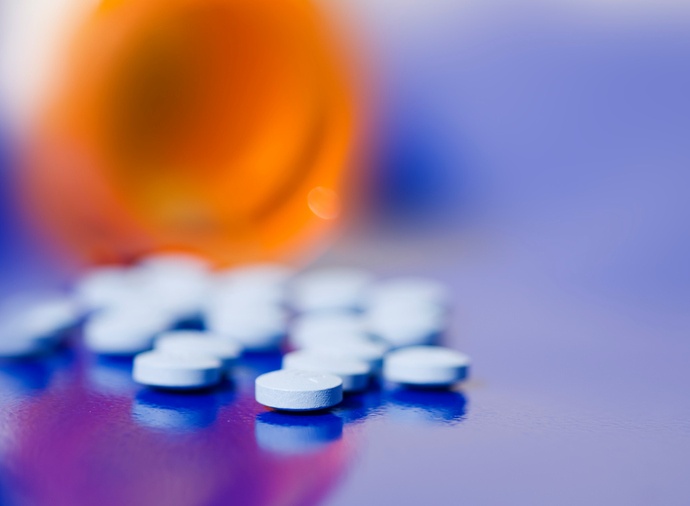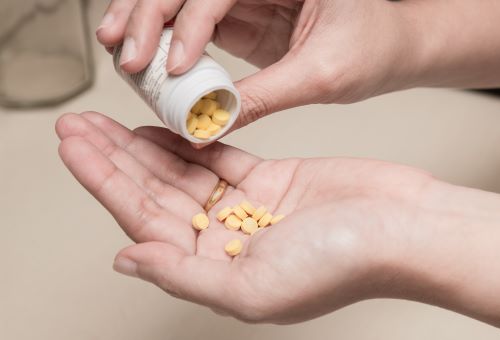
There has been growing concern about the potential impact of certain medications on the development of gout. One class of drugs that has come under scrutiny is proton pump inhibitors (PPIs), commonly used to treat acid-related gastrointestinal disorders.
While previous reports have hinted at a possible link between PPI use and an increased risk of gout, no comprehensive epidemiological study had been conducted to investigate this association. To address this gap, a team of researchers conducted a population-based case-control study “to examine the potential impact of PPI treatment on the risk of developing gout.” Their study was published in the International Journal of Rhematic Diseases.
Using propensity score matching at a 1:1 ratio based on sex and age, the researchers identified gout cases and non-gout controls and subsequently employed a conditional logistic regression model to calculate the odds ratio (OR) and 95% CI for the gout population in comparison to the controls.
The results of the study suggested that use of a PPI was associated with an increased risk of gout, even after adjusting for potential confounders. The adjusted OR (aOR) for gout in individuals taking PPI was 1.3 (95% CI, 1.0-1.6).
Furthermore, the researchers observed that the risk of gout was highest within the first 30 days of PPI treatment, with an aOR of 1.7 (95% CI, 1.4-1.9). However, this risk seemed to decrease over time after initiating PPI therapy. While the study found an association between PPI use and gout risk, it does not establish a cause-and-effect relationship. Additional research would be needed to delve deeper into the mechanism underlying this potential association.
The study also found interesting differences in the risk of gout based on gender and age. Female users of PPIs were found to have a higher risk of gout compared with male users, with an aOR of 2.2 and a 95% CI of 1.7-2.8. Additionally, the risk of gout associated with PPI use was higher in middle-aged individuals (41-60 years old) than in the older group (≥60 years old). Middle-aged individuals had an aOR of 2.1 (95% CI, 1.7-2.7), while the older group had an aOR of 1.8 (95% CI, 1.5-2.2).
“Our findings provide population-level evidence for the hypothesis that PPI treatment is positively associated with the risk of developing gout,” the researchers wrote. “Further research on the mechanism underlying this association is warranted.”







 © 2025 Mashup Media, LLC, a Formedics Property. All Rights Reserved.
© 2025 Mashup Media, LLC, a Formedics Property. All Rights Reserved.